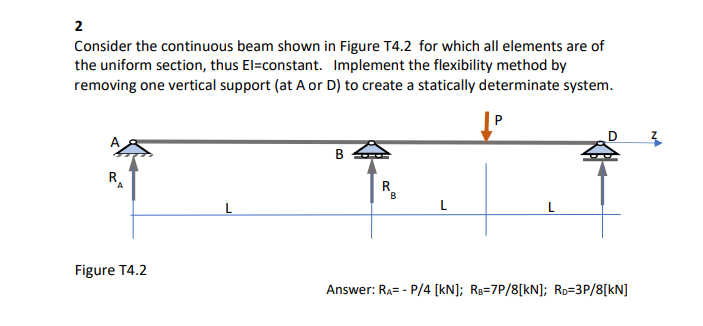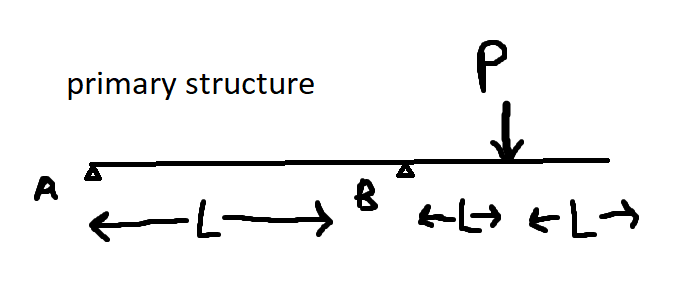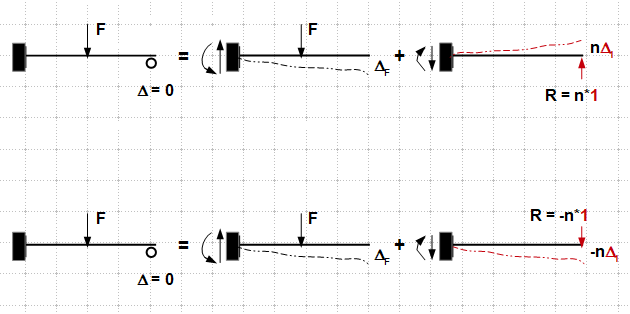I used the flexibility method to solve questions like this, so I know you have to have a primary and secondary structure. My primary structure looks like this:
So if I apply my virtual load, I got this:

However the answer shows that the virtual load points upwards, opposed to my one which is facing downwards. The part I am confused about is in another question of mine, specifically this one:

where the Primary structure and Virtual load structure looked like this:
As you can see, my Virtual load is also pointing downwards in this scenario, however, it was correct for it to face downwards in this one, but it was incorrect for me to face my virtual load down in the first scenario. I want to know why, and how do I know which way to face my virtual load.



